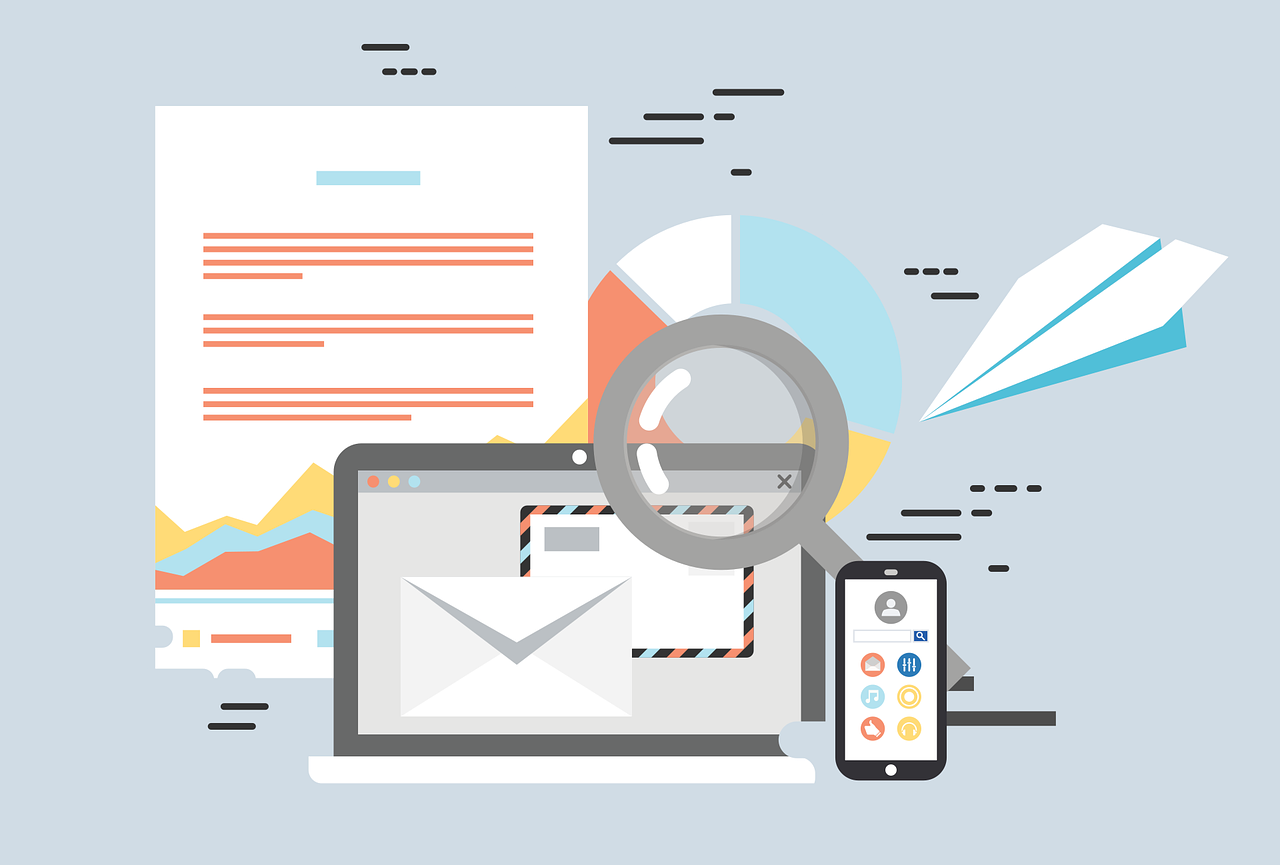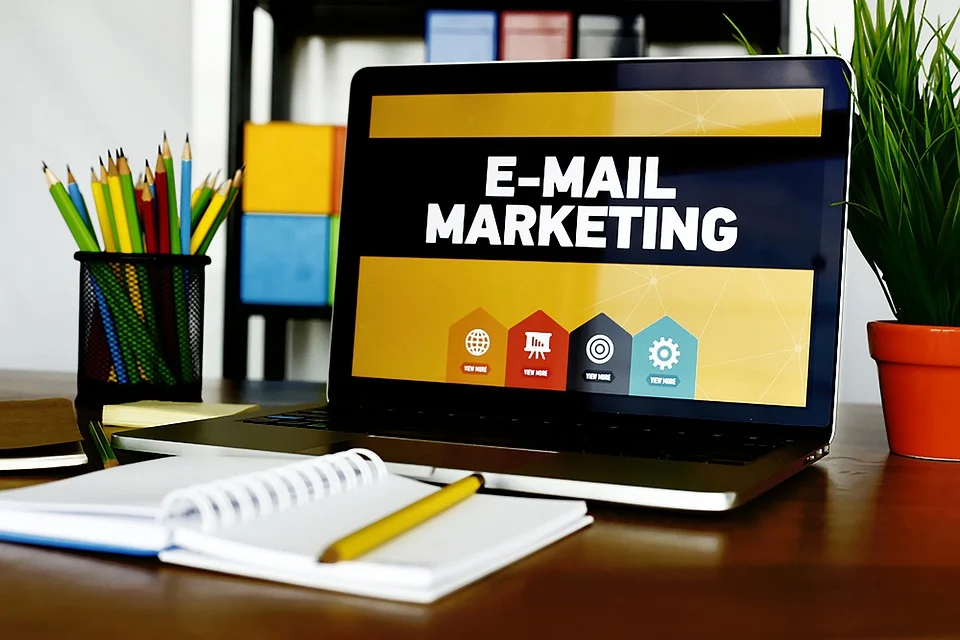Email marketing is a powerful tool that allows businesses to connect with their target audience, increase brand awareness, and drive conversions.
By reaching customers directly in their inbox, email marketing provides a unique opportunity to deliver personalized and relevant content that resonates with the recipient.
In this article, we will explore the various types of email marketing and how they can be used to achieve your business objectives. From newsletters and promotional emails to transactional and behavioral emails, we will discuss the key strategies and best practices for creating effective email campaigns that drive results.
The main types of email marketing campaigns
In 1987, the marketing manager at the Digital Equipment Corporation sent off the first mass email. Since then, marketers have come up with different types of email marketing campaigns to make their way to the customer’s inbox.
There are many different types of email marketing campaigns, but they can generally be classified into three main categories. These categories are:
1. Email newsletters
Email newsletters are a key type of email marketing campaign. They are typically sent on a regular schedule, such as weekly or monthly, and contain a variety of content, including news, updates, promotions, and educational articles.
One of the main advantages of email newsletters is that they allow businesses to remain top-of-mind with their subscribers. By delivering valuable and relevant content on a regular basis, businesses can establish trust and credibility with their audience, which can ultimately lead to increased engagement and conversions.
Another advantage of email newsletters is that they can help businesses build and maintain relationships with their subscribers. By providing personalized content that addresses the needs and interests of their audience, businesses can foster a sense of connection and loyalty with their subscribers.
Email newsletters can also be used to drive traffic to a business’s website. By including links to relevant content on their website, businesses can encourage subscribers to visit their site and engage with their brand.
2. Cold emailing
Cold emailing is a type of email marketing campaign that involves sending unsolicited emails to potential customers or clients. The goal of cold emailing is to introduce your business, product, or service to the recipient and encourage them to take action, such as scheduling a call or making a purchase.
One of the main advantages of cold emailing is that it allows businesses to reach a large audience quickly and cost-effectively. By sending targeted emails to a list of potential customers, businesses can generate leads and drive conversions without the need for expensive advertising or marketing campaigns.
Another advantage of cold emailing is that it allows businesses to target specific audiences. By using high-quality B2B data, businesses can create targeted email lists that are more likely to generate interest and engagement from the recipient.
However, it’s important to note that cold emailing can be challenging and requires careful planning and execution. To be effective, cold emails must be well-written, personalized, and provide value to the recipient. Businesses must also ensure that they comply with all relevant laws and regulations regarding unsolicited emails.
3. Email automation or behavioral emails
Email automation, also known as behavioral emails, is a type of email marketing campaign that involves sending automated emails based on the recipient’s behavior or interactions with the business. These emails are triggered by specific actions, such as visiting a website, abandoning a shopping cart, or completing a form.
One of the main advantages of email automation is that it allows businesses to deliver timely and relevant content to their subscribers. By sending targeted emails based on the recipient’s behavior, businesses can provide personalized content that addresses the needs and interests of their audience.
Another advantage of email automation is that it can help businesses increase engagement and conversions. By sending targeted emails at the right time, businesses can encourage subscribers to take action, such as making a purchase or scheduling a call.
Email automation can also help businesses save time and resources. By automating their email campaigns, businesses can reduce the amount of manual work required to create and send emails, allowing them to focus on other important tasks.

Email marketing best practices to get the most out of email marketing campaigns
Email marketing is a powerful tool for businesses to connect with their target audience, increase brand awareness, and drive conversions.
To maximize the effectiveness of your email marketing campaigns, it’s important to follow best practices that can help you achieve your goals. Here are some email marketing best practices to consider:
-
Segment your email list: Segmenting your email list allows you to send targeted and relevant content to specific groups of subscribers. This can help increase engagement and conversions by delivering content that resonates with the recipient.
- Optimizing for deliverability: this is a crucial best practice in email marketing. Deliverability refers to the ability of your emails to successfully reach the recipient’s inbox, rather than being marked as spam or filtered into another folder. One way to improve deliverability is to authenticate your emails. This can be done by using email authentication protocols such as SPF, DKIM, and DMARC, which help verify that your emails are coming from a legitimate source.
-
Personalize your emails: Personalizing your emails can help increase engagement and conversions by making the recipient feel like the content is tailored specifically to them. This can be achieved by using the recipient’s name, location, or other personal information in the subject line or body of the email.
-
Use a clear and compelling subject line: The subject line is the first thing the recipient sees when they receive your email, so it’s important to make it clear and compelling. A good subject line should grab the recipient’s attention and entice them to open the email.
-
Include a clear call-to-action (CTA): Including a clear CTA in your email can help increase conversions by encouraging the recipient to take action. The CTA should be prominently displayed and easy to understand, such as “Shop Now” or “Learn More”.
-
Use a mobile-friendly design: With an increasing number of people accessing their emails on mobile devices, it’s important to use a mobile-friendly design for your email campaigns. This can help ensure that your emails are easy to read and interact with on smaller screens.
-
Provide valuable content: Providing valuable content in your emails can help increase engagement and conversions by delivering information that is useful and relevant to the recipient. This can include educational articles, how-to guides, or exclusive offers.
-
Make it easy to unsubscribe: Making it easy for subscribers to unsubscribe from your email list can help improve the overall experience for the recipient and reduce the likelihood of them marking your emails as spam. This can be achieved by including a clear and prominent unsubscribe link in your emails.
-
Avoid spam triggers: Avoiding common spam triggers in your emails can help improve deliverability and reduce the likelihood of your emails being marked as spam. This can include avoiding certain words or phrases, using a reputable email service provider, and following best practices for email authentication.
-
Test and optimize your campaigns: Testing and optimizing your email campaigns can help you improve their performance over time. This can be achieved by experimenting with different subject lines, CTAs, and content to see what resonates best with your audience.
-
Track and analyze your results: Tracking and analyzing the results of your email campaigns can help you understand what’s working and what’s not. This can be achieved by using analytics tools to track key metrics such as open rates, click-through rates, and conversions.
